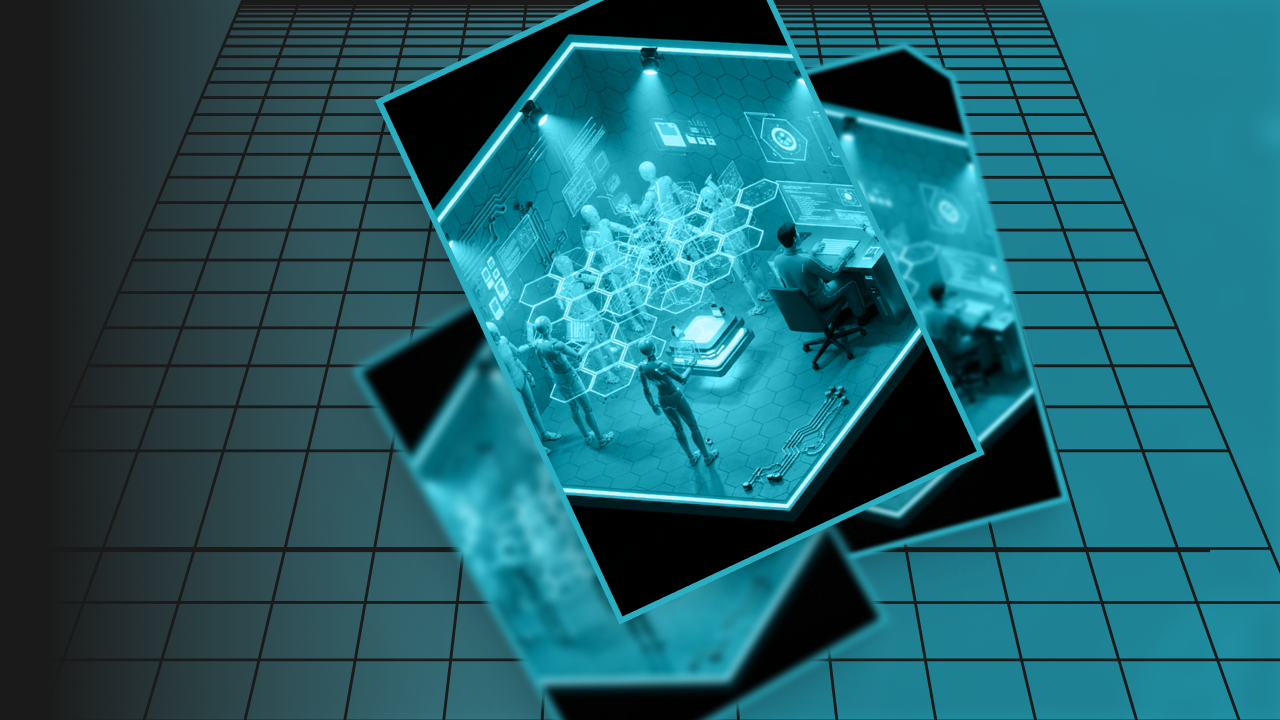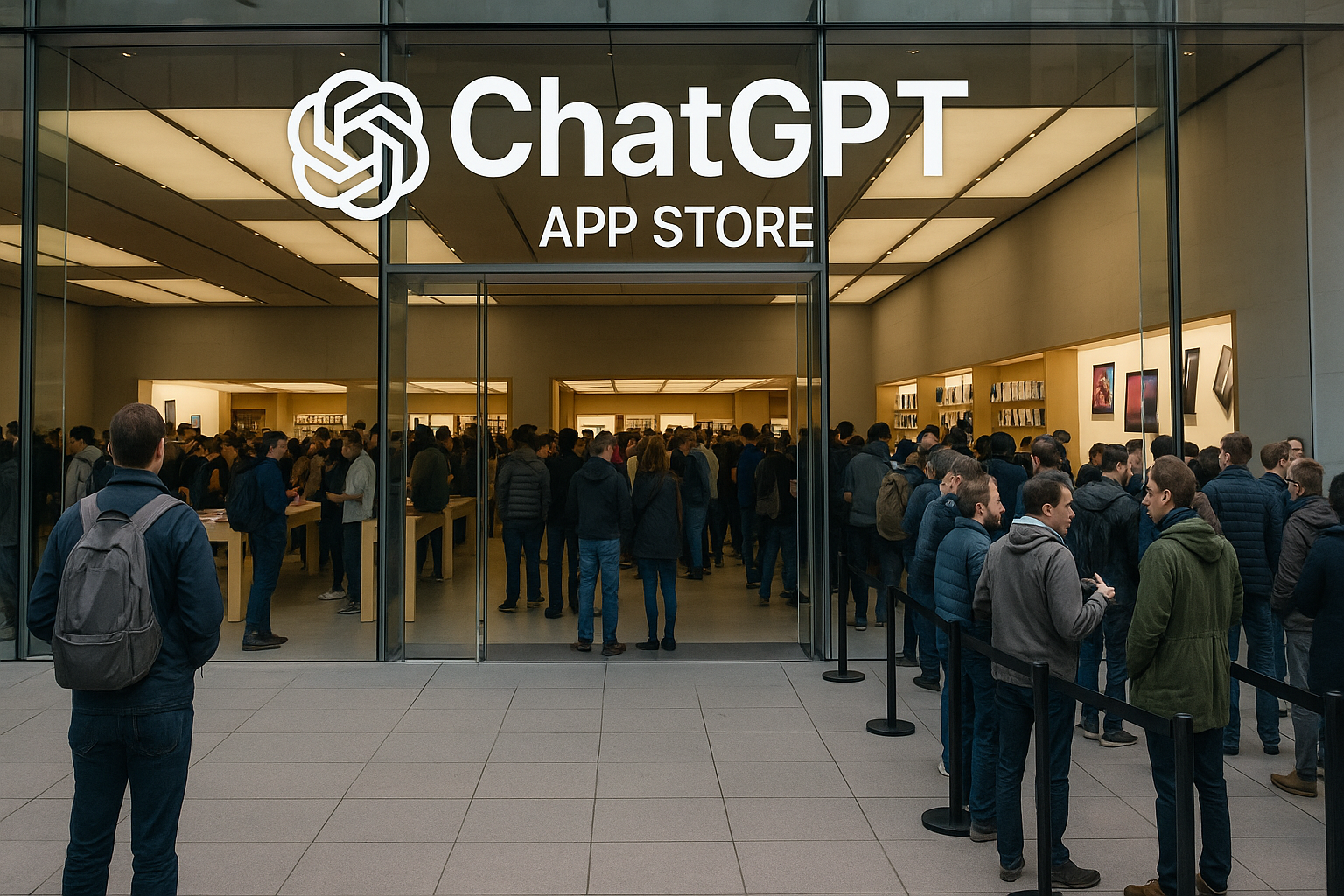Dootrix's Top 5 Predictions for the Year Ahead - Part 2
Rob Borley
3 min read • 20 December 2023
Dootrix's Top 5 Predictions for the Year Ahead - Part 2
What will the key drivers be for business managing large IT estates in 2024? Dootrix’s CEO, Rob Borley, shares the next two trends he thinks will dominate our thinking in the next 12 months.
It’s the time of year again when tech CEOs are expected to get out their crystal balls and gaze into the future.
Here are my Christmas offering of five predictions. In my first instalment I shared my first three:
- that AI will increasingly make use of bot-to-bot communications to get stuff done
- that the CyberSec implications of AI will come to the fore
- that the IoT will reach a tipping point
2024 tech prediction #4: The drive to green AI
Here’s number four: that the compute power needed to drive AI’s rapid take-up will have huge environmental implications and that, as a result, campaigners will be demanding that ‘something must be done’.
Data centres’ main environmental impact falls into three categories: power consumption, water consumption and e-waste.
Power consumption is a major issue. There are wildly differing estimates of how much power the world’s data centres use. Go back to 2017 and it was reported that, even then, data centres were using 3% of the global electricity supply. More recent estimates put the figure at around 220-330 TWh (2021), or just over 1% of global energy output.
Regardless of what the actual figure is, that number is likely to shoot up with the rapid growth of GenAI.
A lot of the power requirement is driven by the need for cooling. This is partly why some companies have moved data centres to colder locations – for instance in northern Norway. It’s easier to cool servers north of the arctic circle than it is in the New Mexico desert. Obvious, right? However, where response times are critical, such as with financial trading, data centres need to be sited close to the point of use.
Innovative schemes – like one in Exmouth in Devon, where a local swimming pool is being used, in effect, as a heat sink – show that clever engineering solutions could provide a way forward. The server farm gets cooled, the pool gets heated. What’s not to like? Whether this will be replicated at scale and the waste heat from server farms used to heat homes, for instance, will probably depend on the cost.
But bring power usage together with issues like high levels of water consumption and the need to dispose of/recycle components full of metals and minerals and you have a sizable ecological headache.
I predict a battle between campaigners who think companies running server farms should take responsibility for their environmental impact and the bosses of companies who are required to focus on the bottom line. If the campaigners succeed in making it an issue, companies using high levels of compute power may need to be ready to demonstrate what they’re doing to mitigate the impact they’re having on the planet.
2024 tech prediction #5: The home/office dilemma
A lot of the push in 2024 will be towards enhancing the work-from-home experience. Apple’s ‘mixed reality’ headset, Vision Pro, is due to arrive (U.S. only) in the spring at a mere $3,500. There will be other headsets coming onto the market designed to help you feel you’re right there in the meeting without being in the meeting. Bliss. It almost beats meeting Mark Zuckerberg in the Metaverse.
But my prediction is that 2024 will see a pull back to the office.
How so, when a lot of people really seem to prefer avoiding the commute into the office? There are good reasons and some not-so-good reasons.
Staring with the latter, there are business leaders who don’t seem to trust their people to work remotely. There are definitely good reasons to get people back into the office, but that isn’t one of them. Coming into the office shouldn’t be about presenteeism or monitoring people; it should be about working more effectively. When it’s more effective to work remotely, then work remotely.
But what about the positive reasons? Executive insecurities aside, there’s a certain alchemy that comes from simply being together. There are things that happen in a face-to-face meeting that are difficult to replicate when working remotely.
It’s been said that innovation happens at the intersection of disciplines – and those intersections seem to be easier to facilitate in a shared, physical environment.
Secondly, following on from the first, there’s also the happenstance of conversations around the water cooler. Good communication leads to being better informed, which in turn leads to better decision making.
Thirdly, humans are intensely social animals. Isolation isn’t good for us. We thrive as part of a tribe. I sense the balance since March 2020 has tilted a bit too far away from the shared workplace and that we’d benefit from a bit more togetherness.
Lastly, a lot of our clients simply prefer to meet in person. When a customer says, ‘I want to see you’, you go. We certainly do, and we don’t see that as a negative. A big lesson I’ve learned from 12 years leading Dootrix is that people choose people. Having worked with many, many organisations, it seems the better they know us, the better they like us. That’s the kind of thing that’s hard to achieve if you don’t meet up. Technology changes. Human nature is rather more constant.
If you want your 2024 to be predictable when it comes to your Azure IT estate, get in touch
Rob Borley


.png)